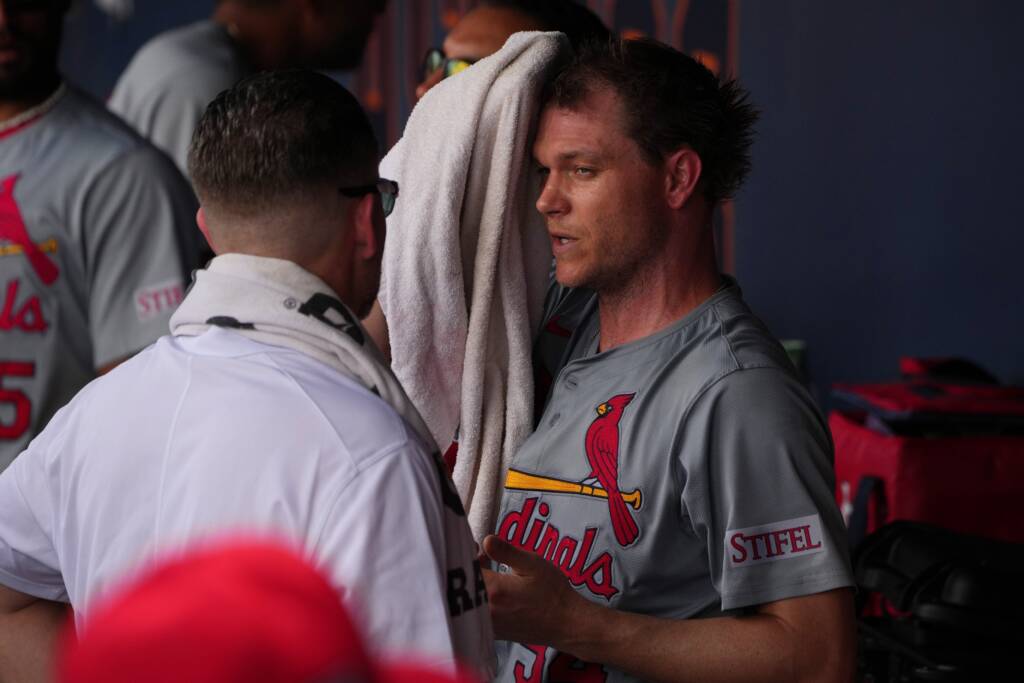
After returning to Target Field with the St. Louis Cardinals, Sonny Gray made it clear that while he enjoyed his time in the Twin Cities, he knew early on that a return to the Minnesota Twins was not in the cards.
“I knew pretty early on in the free agency process that Minnesota wasn’t going to be where I’d end up,” Gray revealed. “As much as I enjoyed it here and appreciated the success we had as a team, the moment the qualifying offer was made, I knew. The organization was upfront, saying, ‘We don’t have the resources to offer you a contract, as much as we’d like to.’ That transparency was key, and even though we revisited the possibility a few times, it was clear early on that it wasn’t going to happen.”
Gray’s departure highlights the financial limitations the Twins have been operating under. Despite winning their first playoff series since 2002, the Twins announced plans to reduce payroll in November, cutting $35 million and starting the year with one of the league’s bottom-third payrolls. This financial restraint has become a central narrative for the team, even as they’ve managed to stay competitive in their division.
The Twins’ current payroll stands at $130 million, less than that of several struggling teams, including the 100-loss Chicago White Sox and the 80-plus-loss Colorado Rockies. Meanwhile, the Cardinals, who play in a smaller market than the Twins, boast a payroll of $176 million—further illustrating the financial gap between the two franchises.
While the biggest-market teams like the New York Mets and Los Angeles Dodgers continue to dominate payroll rankings, mid-market teams like the Twins must find creative ways to compete. Despite the constraints, the Twins have managed to build a competitive roster, relying on homegrown talent like Bailey Ober, David Festa, and Zebby Matthews, as well as strategic trades for pitchers like Pablo López and Joe Ryan.
Gray, who finished second in Cy Young voting last year, has seen a decline in performance this season, posting a 4.07 ERA compared to his 2.79 ERA from the previous year. His departure, while a loss, comes with the silver lining of acquiring a first-round pick in 2024 as compensation, demonstrating savvy work by the Twins’ front office.
Gray’s impact on the Twins, particularly on young pitchers like Ryan and Ober, has been significant. Manager Rocco Baldelli praised Gray’s influence, saying, “A lot of the guys will take something positive from everything he brings, whether they know it or not. He taught them to do whatever it takes to pitch well, regardless of what others think.”

For fans, the key to moving forward will be seeing ownership invest in young talents like Royce Lewis and Brooks Lee while continuing to develop a strong pitching pipeline. The Cardinals’ ability to maintain a competitive roster despite their smaller market size is a model the Twins aspire to emulate. However, they will need to spend wisely and continue to cultivate their homegrown talent to eliminate any lingering doubts about their commitment to winning.
In the end, while letting Gray go may make sense in the broader context of the Twins’ financial strategy, it also underscores the challenges mid-market teams face in competing with the big spenders of the league. The Twins must now focus on building for the future while navigating the gray area that comes with balancing ambition and financial reality.

Leave a Reply